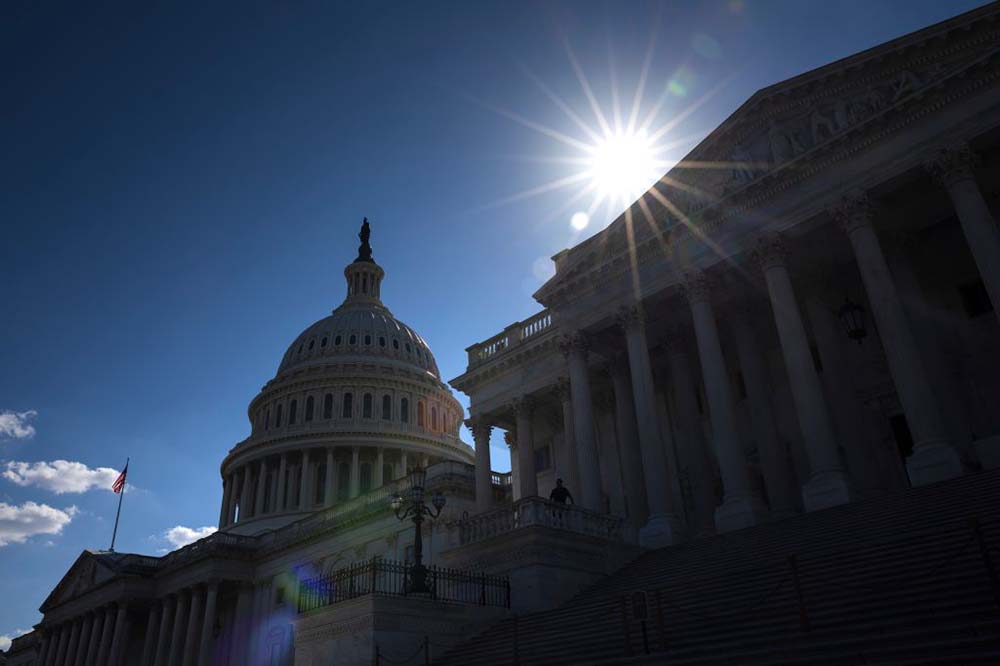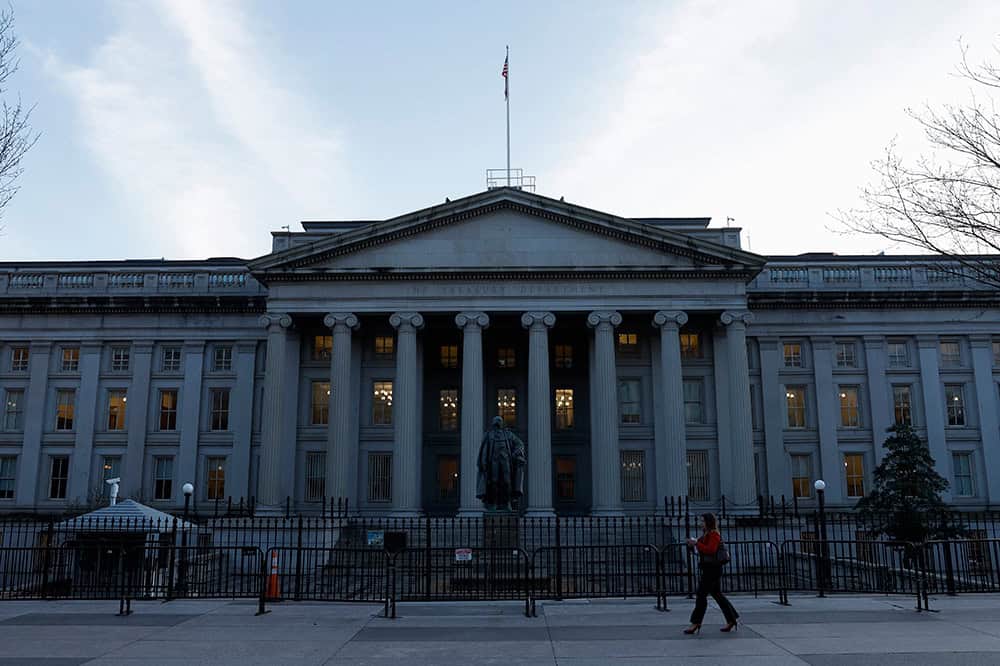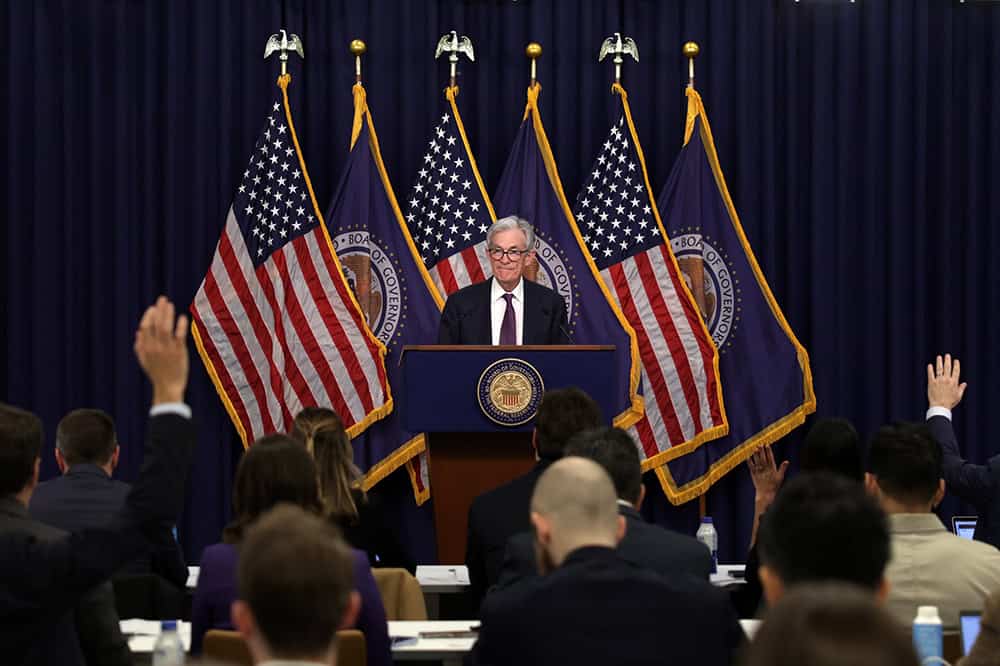Coronavirus Executive Actions Highlight Our Broken Budget Process
Last Updated August 10, 2020
Over the weekend, while policymakers in the House and Senate seemed to be at a standstill in negotiations on the next legislative package to help address the economic effects of the pandemic, President Trump signed executive actions related to unemployment insurance, payroll tax relief, student debt, and housing evictions. Those actions seem to have raised more questions than answers for many about who can enact federal spending and tax policies.
Regardless of whether the actions are upheld, budgetary decisions are best made through a transparent process in which all participants carry out their assigned roles. Responsible budgeting is one of the most important functions of the federal government. Ideally, following a logical process that leads to thoughtful policymaking would be the best way to contribute to a sustainable fiscal outlook and a healthy economy.
To learn more about the U.S. budget process — and how it is supposed to work — visit the sources below:
- Understanding the Budget Process
- Budget Process Solutions
- Introduction to the Federal Budget Process (Congressional Research Service)
Image credit: Photo by Getty Images
Further Reading
76 Options for Reducing the Deficit
The nonpartisan Congressional Budget Office released 76 policy options — spanning both revenues and spending — that could help bring the country’s rising debt under control.
News from the Quarterly Treasury Refunding Statement
As borrowing has risen, the Treasury has generally been increasing the proportion of bills (maturity of one year or less) in its portfolio of marketable securities.
The Fed Reduced the Short-Term Rate Again, but Interest Costs Remain High
High interest rates on U.S. Treasury securities increase the federal government’s borrowing costs.


